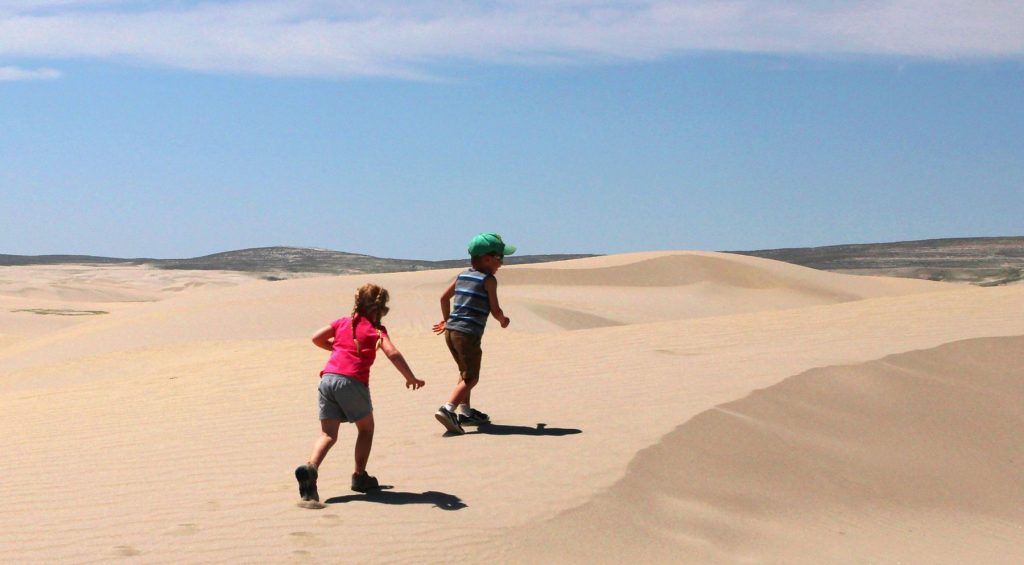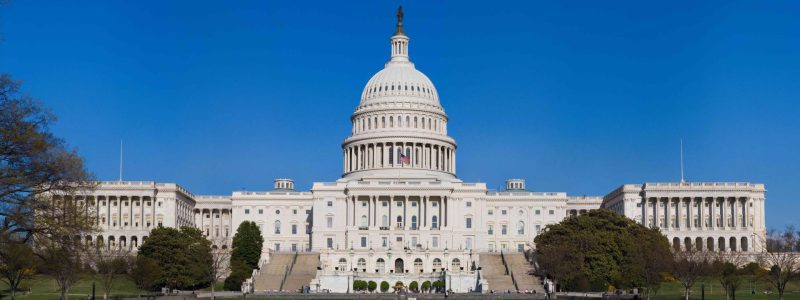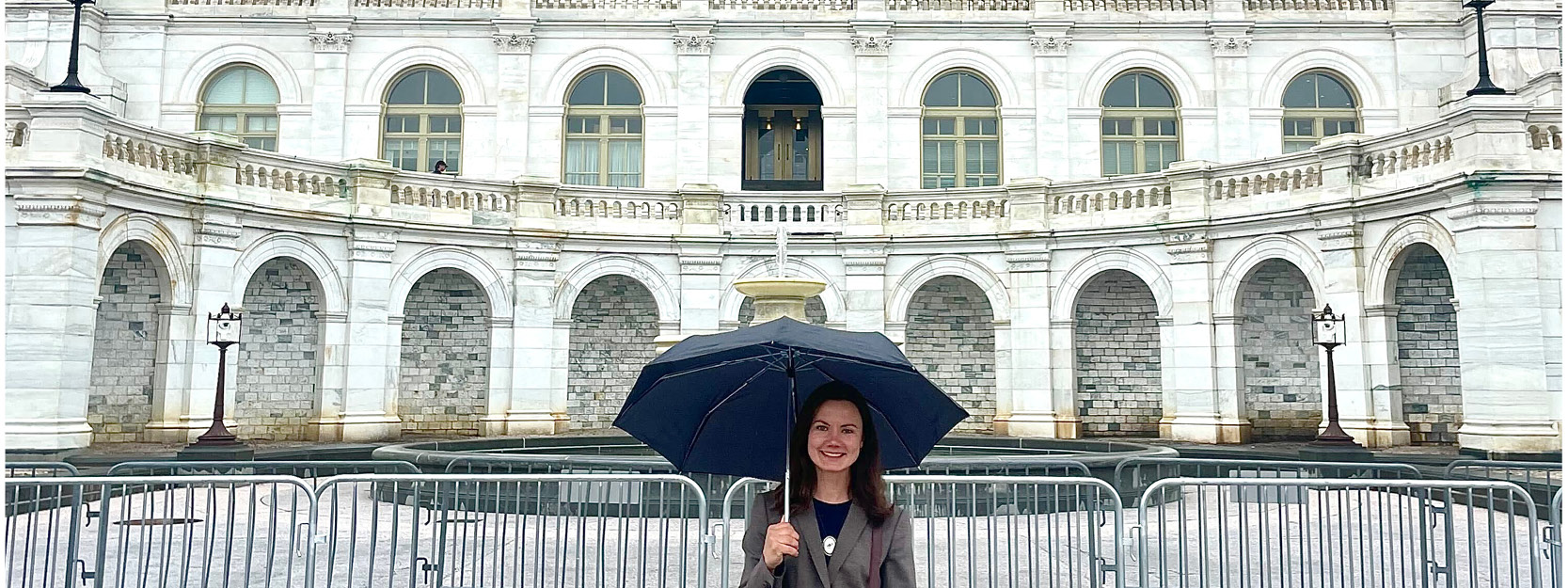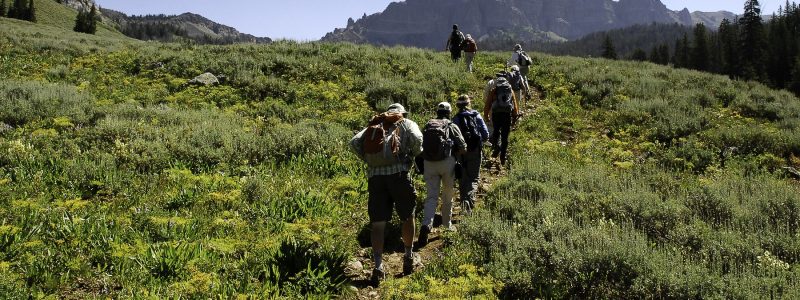
PUBLIC LANDS IN WYOMING
Half of Wyoming’s lands are federally managed as national parks, monuments, forests, recreation areas, wildlife refuges, or public land. These include some of the most iconic places in the nation and they help support healthy ecosystems and wildlife populations.
Public Lands

Wyoming’s public lands offer extraordinary opportunities like hunting, fishing, outdoor recreation, solitude in remote places, and abundant wildlife. At the Wyoming Outdoor Council, we advocate for balanced management of public lands that respects multiple use. And as we look ahead, we’re mindful of working against the backdrop of Wyoming’s changing economy. Our state relies heavily on oil, gas, and coal revenues to fund local government. But the boom-bust nature of resource extraction can create uncertainty and instability. Meanwhile, instead of taking the long view, some lawmakers push short-term agendas — seeking state management or even sale of our public lands. We’ve been successful in defeating these attempts by providing leadership within the Keep it Public, Wyoming coalition, and we continue to support keeping public lands in public hands, robust public participation in resource management, and transparency in decisionmaking.
Many of our public lands in Wyoming are leased or already developed for industrial uses such as oil and gas drilling, hard rock and coal mining, and industrial-scale wind generation. Where development is appropriate on public lands, we advocate for “doing it right,” developing in a way that avoids or minimizes impacts to other resources.
At the same time, there are places in Wyoming that are too special to drill. We advocate for conservation of important values like big game migration corridors, opportunities for back country recreation, and the highest Greater sage-grouse density areas on earth. The opportunity to access wild, open spaces on our public lands contributes to an unparalleled quality of life for Wyoming residents. Visited by millions of people each year, these lands also add significantly to our state’s economy.

STAND WITH OUR PUBLIC LANDS STEWARDS!
The Trump administration has indiscriminately fired thousands of our public lands stewards in recent weeks. More cuts are looming. Without those that steward them, our public lands are at risk. Will you take two minutes to add your name in support of our public lands stewards?
Thousands of our public lands stewards are out of work, and more cuts are looming on the horizon. Although these firings are being challenged in court, the future of these positions remains unclear, leaving many of our neighbors and friends who work for these federal agencies facing uncertain tomorrows.
We cannot wait to have our voices heard.
The agencies that manage the public lands that cover half of Wyoming will now face significant constraints — not only in their ability to fight fires, maintain campgrounds and trails, and respond to emergencies but also in overseeing activities that allow for responsible multiple use of our public lands and support local economies.
Tell Wyoming’s leaders in Congress that you support our public lands stewards. Add your name to the letter now!
THE LATEST FIELD NOTES, News & Action

-

THE GOOD AND BAD OF CONGRESS’ BUDGET BILL
What the heck even is reconciliation — and how it could impact the things we care about? It’s hard to get legislation through the U.S. Senate because of the filibuster: Senators can literally kill bills by talking them to death. To get around this, Congress often relies on something called “reconciliation,” which lets budget-related bills […] READ MORE >
-

Defending your public lands at our nation’s capital
For Wyomingites, it can be hard to picture the hustle and bustle that occurs in Washington D.C., the seat of our nation’s government, where all our laws and policies are formed. Even more difficult can be tracking these intricate workings as Congress works to pass laws that will support their current political agenda. Politics and […] READ MORE >
-

A Message from the Director: Federal firings will impact Wyoming’s lands, waters, wildlife, and communities
The public lands that define Wyoming and contribute significantly to our quality of life are under unprecedented and nuanced attacks. State legislative efforts to transfer our public lands to the state compounded by federal efforts to sell them off to seed a sovereign wealth fund are suddenly on the table. Of course, there have been […] READ MORE >
COMMENts, Letters, & Other Documents

JUL. 16, 2020 | COMMENTS
Draft Resource Management Plan Amendments and Environmental Impact Statement for the Wyoming Pipeline Corridor Initiative (WPCI)
MAR. 12, 2018 | LETTER
Converse County oil and gas project DEIS
OCT. 9, 2017 | COMMENTS
BLM’s proposed amendment to the Pinedale RMP
JAN. 15, 2014 | LETTER
Office of Governor Matt Mead and the Wyoming Oil and Gas Conservation Commission on orphan oil and gas wells
AUG. 12, 2013 | COMMENTS
BLM’s proposed regulations for oil and gas hydraulic fracturing on federal and Indian lands
APR. 4, 2011 | COMMENTS
Rock Springs RMP revision
